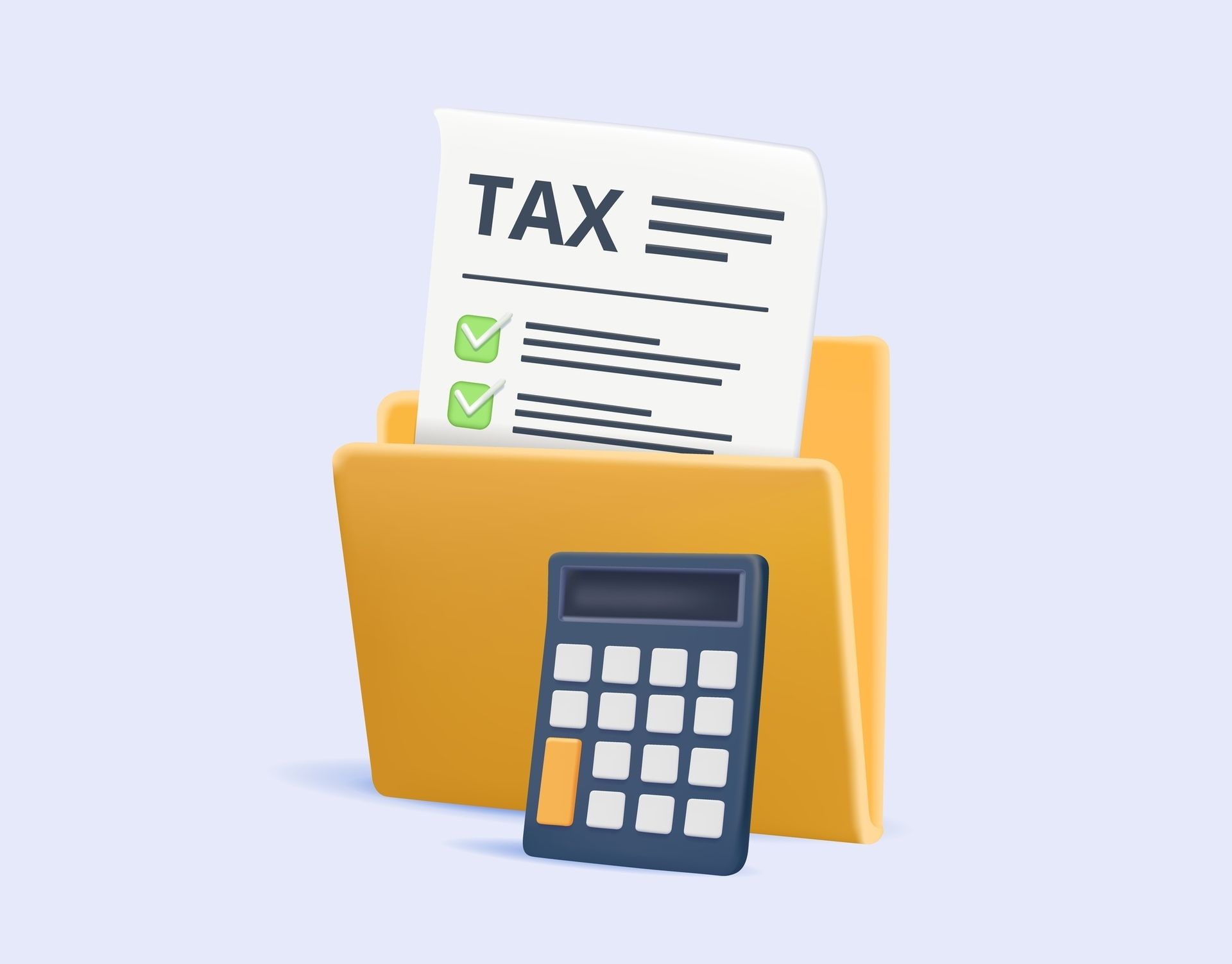Quick Links
Contact Us
Send a Message
Newsletter
We will get back to you as soon as possible.
Please try again later.
A New Tax Break: Qualified Business Income Deduction

Do you do any work as a freelancer or independent contractor and receive a 1099-MISC?
Do you own a real estate investment trust (REIT) or master limited partnership (MLP), either directly or through a mutual fund or exchange-traded fund?
If so, you may be a beneficiary of the 20% deduction on Qualified Business Income (QBI) for pass-through businesses that was included in the 2017 Tax Cuts and Jobs Act. This is a deduction that you can take even if you are not itemizing deductions.
A pass-through business is one that pays no taxes. Instead, the business’s taxes are paid through a person’s own personal tax return. The person may be a sole proprietor, or a partner in a partnership, or a shareholder in a S-corporation. This is in contrast to either traditional corporations or C-corporations, in which the company itself pays corporate taxes on income that it earns.
If you are not a business owner, or don’t think of yourself as a business owner, you may not have paid much attention to this provision. And even if you are a business owner, you may not have thought the deduction applied to your type of business. And you may not have even considered the possibility that you could receive the deduction as a result of investments you may own. Some people have been pleasantly surprised that they receive any benefit from this provision at all.
Qualified Business Income
There are two components of qualified business income. The first is qualified income from sole proprietorships, partnerships, S corporations, trusts or estates subject to various eligibility requirements. The second is qualified dividends from real estate investment trusts (REITs) and qualified income from certain publicly-traded partnerships (PTPs), such as master limited partnerships (MLPs). The operative word here is “qualified” due to the rules and restrictions involved.
If you are a sole proprietor, you calculate your QBI using the income reported on your Schedule C. If you are a shareholder or partner in an S corporation or partnership, QBI is reported to you on a Schedule K-1. If you are an investor, either directly or through a fund, in a REIT or MLP with income that qualified for the deduction, that income is reported to you as Section 199A Dividends on a 1099-DIV or on a Schedule K-1.
It is possible that you may receive a deduction as both a business owner and an investor, in which case the two are added together when you prepare your tax return.
QBI Deduction if Income below $157,500 (Single) or $315,000 (Joint)
Self-employed income from a pass-through business or trade earned by a taxpayer whose total taxable income from all sources does not exceed $157,500 (single) or $315,000 (joint) will probably qualify for the 20% deduction. You qualify for the deduction regardless of the type of trade or business in which you are engaged. However, there are some adjustments to be made before simply applying the 20% to the Schedule C bottom line. To determine your QBI, you must deduct certain adjustments that you made to your gross income, including the portion of your self-employment tax that you deducted from gross income, contributions you may have made to a qualified retirement plan, and the amount you may have deducted for self-employed health insurance. Once you have made those adjustments to calculate your QBI, you multiply it by 20%.
But you are not done yet. There is another calculation to be done. Separately, you must subtract your net long term capital gains and qualified investment dividends, which already receive favorable tax treatment, from your total taxable income and multiply that figure by 20%. Compare that figure to the previously calculated figure. Whichever is lower is your deduction. Although this deduction will reduce your taxable income, it will not reduce your self-employment taxes, which are calculated on your business income before the QBI deduction.
QBI Deduction if Income between $157,500-$207,500 (Single) or $315,000-$415,000 (Joint)
If your total taxable income falls between these ranges, you must determine whether your business or trade is “qualified”. According to the IRS, your business or trade is not qualified if it is a specified service trade or business (SSTB), defined as “involving the performance of services in the fields of health, law, accounting, actuarial science, performing arts, consulting, athletics, financial services, investing and investment management, trading, dealing in certain assets or any trade or business where the principal asset is the reputation or skill of one or more of its employees.”
If your business is not an SSTB, your deduction will be limited by the amount of W-2 wages paid by the business as well as the UBIA (unadjusted basis immediately after acquisition) of qualified property held by the business certain factors.
If your business is an SSTB, your QBI deduction is limited by the same W-2 and UBIA factors and will be phased out by the amount that your taxable income exceeds the lower end of the range.
QBI Deduction if Income above $207,500 (Single) or $415,000 (Joint)
If your business is not an SSTB, your deduction will be limited by W-2 wages and UBIA.
If your business is an SSTB, there is no QBI deduction, although you may still be entitled to a deduction for QBI earned from qualified REIT dividends or MLP income.
Conclusion
The new 20% deduction for Qualified Business Income affects more taxpayers than what many may have originally thought, but there are myriad qualifications and restrictions. If you utilized tax preparation software or the services of a tax professional to prepare your 2018 taxes, you probably realized any benefit that applies to you. But if you did your taxes the old-fashioned way with pen and paper and think you may have missed a tax break due to this new tax provision, it is a good idea to seek professional advice.
Along with many other provisions of the 2017 tax bill, this deduction will expire after 2025. But if you are considering doing some freelance work or investing in a REIT or MLP, or in a fund that invests in those securities, there may be a hidden tax benefit in store.
About The Author
Anne Christopulos
Anne is a Managing Director and Financial Planner with over twenty years of experience in the financial services industry. After holding corporate management positions in finance and strategic planning in New York City, she moved to Boston to become the Product Manager for the IRA business at Fidelity Investments. Following that, she was Vice President, Retirement Investments, at Fleet Financial Services. A native of Cape Cod, she returned to the Cape in 2001 and made the transition to personal financial planning with Secure Future Financial Services in Dennis and Davis Financial Services in Orleans before joining West Branch Capital. Anne holds a B.A. in music and economics from Wellesley College and an MBA from Harvard Business School.
Important Links
Subscribe to our newsletter
Newsletter
Thanks for subscribing to our newsletter.
Please try again later.
Our Locations
Contact Us
Send A Message
Footer Form
We will get back to you as soon as possible.
Please try again later.
West Branch Capital was recognized by investor.com as a 2019 Trusted Firm. View our profile. To learn more about the trust algorithm, visit investor.com/trust-algorithm.
The Financial Times 300 Top Registered Investment Advisers is an independent listing produced annually by the Financial Times (June, 2017). The FT 300 is based on data gathered from RIA firms, regulatory disclosures, and the FT’s research. The listing reflected each practice’s performance in six primary areas: assets under management, asset growth, compliance record, years in existence, credentials and online accessibility. This award does not evaluate the quality of services provided to clients and is not indicative of the practice’s future performance. Neither the RIA firms nor their employees pay a fee to The Financial Times in exchange for inclusion in the FT 300.
All Rights Reserved | West Branch Capital





